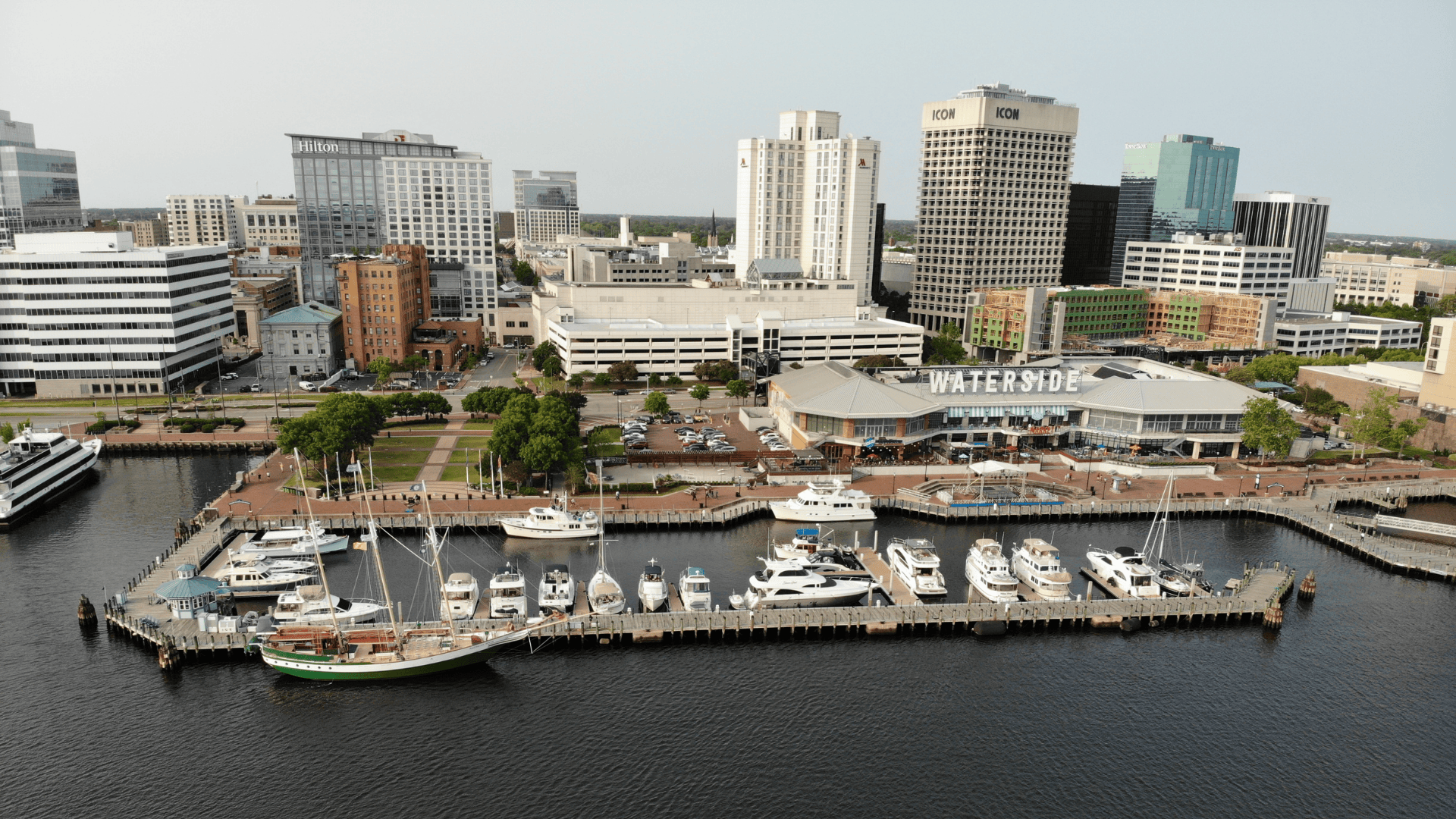Marinas today play a central role in the coastal tourism ecosystem. Far beyond their traditional function as docking facilities for pleasure craft, they are becoming destinations in their own right, attracting local, national, and international visitors. The development of modern marinas—well-integrated into their environment and offering high-quality infrastructure—creates vibrant waterfronts that enhance the overall travel experience.
By encouraging nautical stopovers, marinas extend the length of travelers’ stays and invite them to explore the cultural, natural, and culinary treasures of coastal regions. This has a direct and positive impact on local businesses, restaurants, accommodations, and artisans. Each visit brings economic activity and shared experiences that contribute to a region’s visibility and appeal.
The economic benefits are substantial: marinas support the creation of specialized jobs in marine maintenance, port management, tourism services, and event planning. They also attract structural investments that help revitalize waterfront areas and highlight local heritage. As travelers increasingly seek authentic, environmentally respectful experiences, well-designed marinas can also showcase sustainable development practices along the coast.
Finally, marinas serve as key gateways for international visitors arriving by sea. By offering a welcoming experience, tailored services, and seamless access to local tourism offerings, they help position coastal destinations as true travel hubs and elevate the region’s appeal on the global stage.


